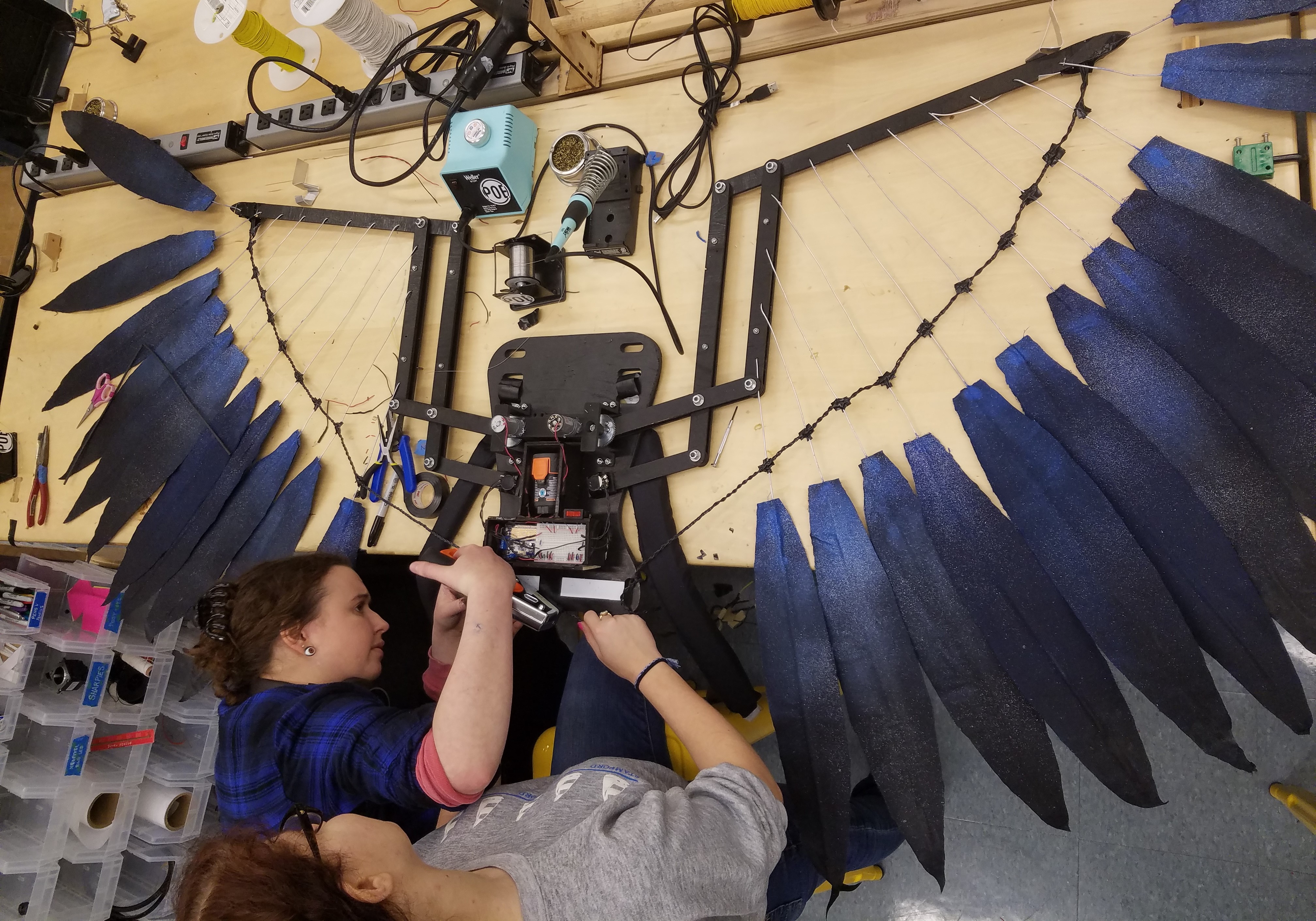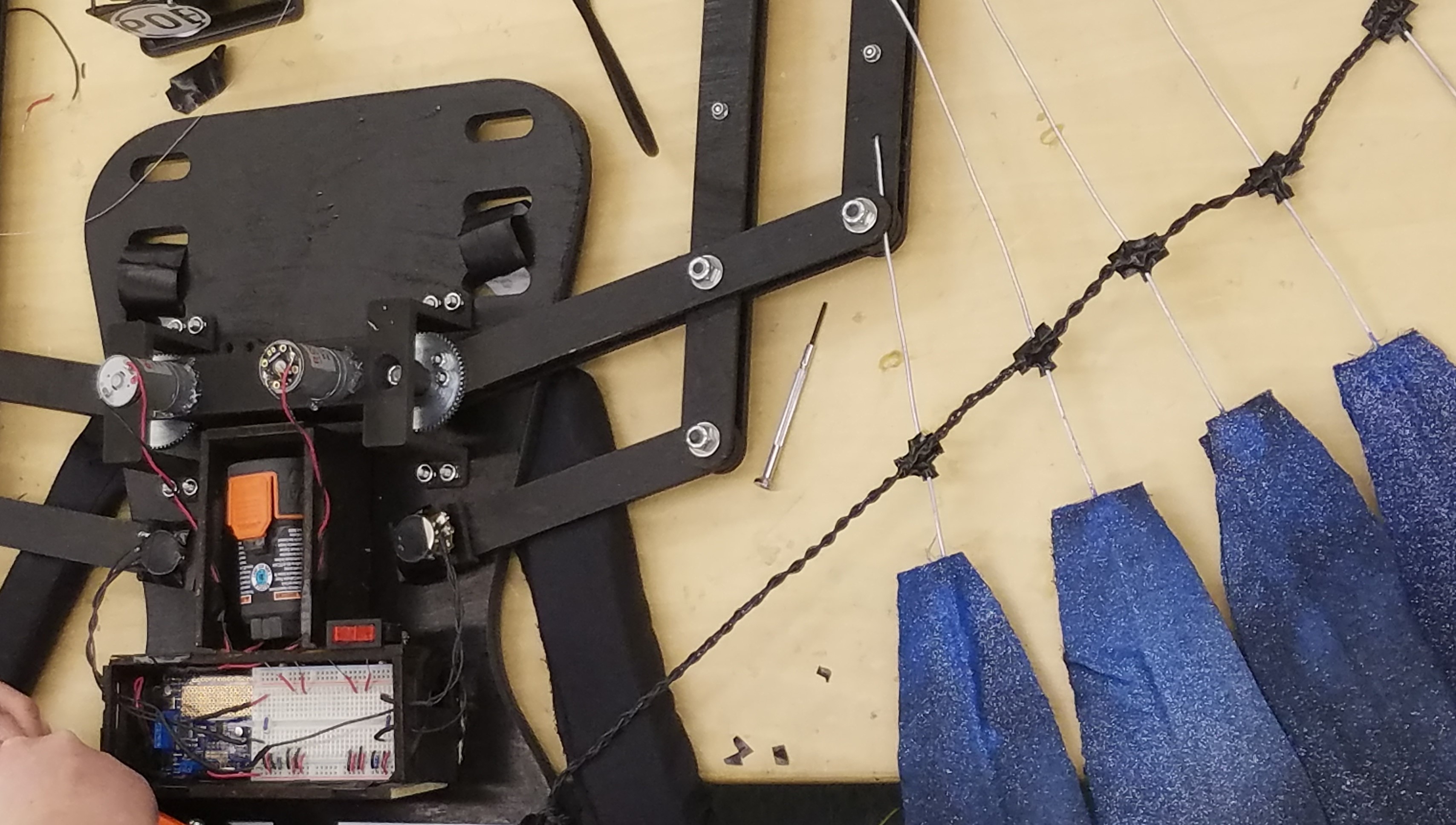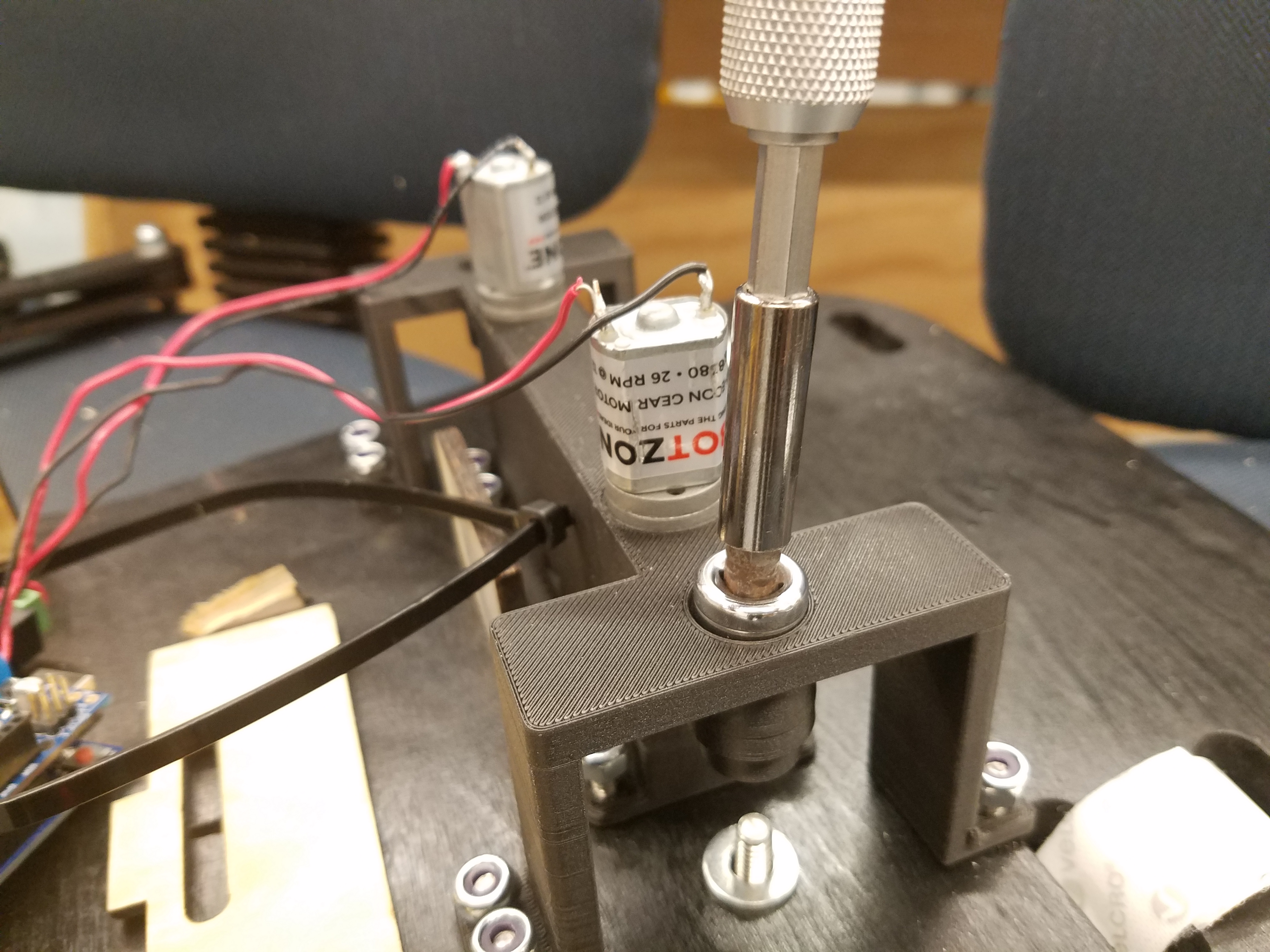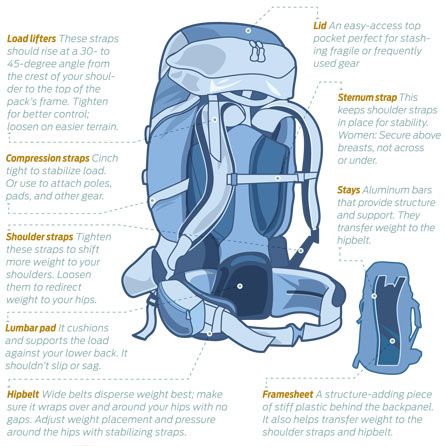Mechanical System
Linkages, Actuation, and Harness

Mechanical System Overview
Our mechanical system consists of a pair of actuated linkages securely mounted onto a backboard with a soft harness to fit securely around the wearer. We sought to create a system that was durable and mechanically efficient. We did this through careful planning and analysis of our design in order to have a awe-inspiring final product.
Linkages

Through CAD modeling we generated linkage geometry based off of our desired wing movements.
We laser cut our linkages out of plywood and attached the pieces together with bolts and washers to allow for low friction between the separate pieces.
The linkages were made to be more robust by layering the bars and adding spacers between long unsupported pieces.
Actuation

Single 3D-printed piece holds motors, gears, and linkage pivot in place. Designed for durability and easy access to pinion gear and driven gear for tightening of gear on motor shaft or removal of wings if needed.

High-torque motors for lifting of relatively heavy wings with feathers attached.
Custom potentiometer mounts for secure attachment in order to track angle of wings.
Harness

The harness was an integral part of our design. Without it, our product would be visual interesting but overall not engaging or exciting as nobody could wear it. The main goals with our harness were:
- Sturdily attached to the backboard
- Easily put on and removed
- Adjustible for various sized people
- Comfortable straps and backboard
- Weight distributed properly for maximum comfort
Instead of designing a way of attaching our wings from scratch, we decided to look into how professional hiking backpacks are designed. This would allow us to look at how issues like weight distribution, adjustability, and overall structure play into the design.

As you can see, there is a lot of research and design that goes into these heavy-duty backpacks. Knowing that our wings would not be worn as long and weren't as heavy, we decided to only implement the shoulder straps and hip belt. The hip belt allows for the majority of the weight to rest on the hips and prevents back pain or discomfort, while the shoulder straps do not bear weight and only keep the backboard close to the user. With appropriate padding, our wings were deemed comfortable. As for adjustability, our harness can account for torso size, shoulder size, and overall width. The backboard has several slots and velcro attachments for the shouler straps to be moved up or down depending on torso size. At the bottom of these straps they connect to the backboard with velcro again to be pulled down if the user's shoulders are smaller or up if bigger. Lastly, the hip belt is attached with velcro onto both the backboard and other hip belt to have maximum adjustability when it comes to width.
